QuestionMarcus could u please tell me how far my 5 month old bitch should b walked daily? Some ppl r tellin me at least 4 miles which seems alot for her age. Could u please also clear up for me this issue about never lettin them off their leash as mine gets 2 run around and play at our local beach and always comes on call even though it`s for a treat. I feed her on raw tripe twice a day and mixer so she gets 1lb of tripe a day and 2 cups of mixer is this enough??? Kind regards
Maureen ( Scotland)
AnswerWell, you do have a dog that was raised to run 100+ miles per pulling a sled in the snow with 15 other dogs . . . 4 miles isn't that much. Actually, each dog is different but the best bet is far enough that the dog is tired, but not so far that the dog doesn't want to keep walking. Siberians are generally a very healthy breed, so you don't have to worry about protecting them at an early age from too much exercise (at least not protecting their growing bones - instead, you need to watch them in the heat and such).
As for off-lead, I know a few Sibes that have lived much of their lives off-lead, but I personally don't trust that. Siberians were bred to have a high prey drive, and this is the root of their off-lead problem. A high prey drive basically helps the dog focus, and when pulling a sled, was what helped the dog develop a tunnel vision to the task - Pull straight ahead and ignore everything else. This prey drive also makes the dog a great hunter (for itself), as it will chase and kill small prey when the chance arises. The problem in letting the dog off-lead is that:
1) Small animals (including cats, and sometimes, smaller dogs) might be chased and killed while out for a friendly walk.
2) The high prey drive can also lead the dog to take off in pursuit of something. This tunnel vision can result in two unfortunate events:
a) Running across a street and getting hit - the dog will never see it coming.
b) Running too far off for the owner to catch-up.
The second situation sounds strange, but I know a dog that was lost almost 6 months because of this exact situation. The owner had the dog off-lead while walking through the woods on a little hike. The dog saw something (presumably a squirrel or rabbit) and took off. The owner called for the dog, but of course, the dog ignored her. Thinking that she could just catch up, she trotted on after the dog, however, Sibes are quick runners and have great endurance, so if they want to run after something, a human will not catch up. Add to that the fact that the dog lacks a natural homing instinct (they were bred as nomadic dogs), so it took several months before the owner was reunited with her dog who had been living off a construction site several miles away from the woods. So, for those two reasons, I don't trust my dogs off-lead in a non-fenced area. Most of the time it would be fine I'm sure, but the one chance is too much for me. (I also have heard owners who have had their dogs off-lead since they were pups, and 8 or 10 years later, the dog finally chased something and didn't come back.)
As for the feeding, it sounds about right, although a young dog does need quite a bit of food as she grows, and that will decrease over time as well. My suggestion is to monitor and adjust her feeding yourself following these rules:
1) Feed 2-3x per day and only what the dog eats in about 5 minutes or so.
2) Your dog should steadily be gaining weight. If you notice a plateau in weight gain for a while or it starting to drop, increase feeding. Adult weight for a female should be 35-50 lbs in most standard dogs. This weight is usually obtained around 10-14 months of age.
3) Check stool consistency. Loose or runny stools can be a sign of over-feeding.
4) Rib test - you should be able to feel the dog's ribs through the fur, but not see them. Also, you should see a defined waistline on the dog. Adjust feeding as appropriate to maintain that.
Keep in mind that dogs as they grow can go through awkward looking stages, so the Rib Test may not always be the best method.
Hope that helps some and let me know if you need anything else!

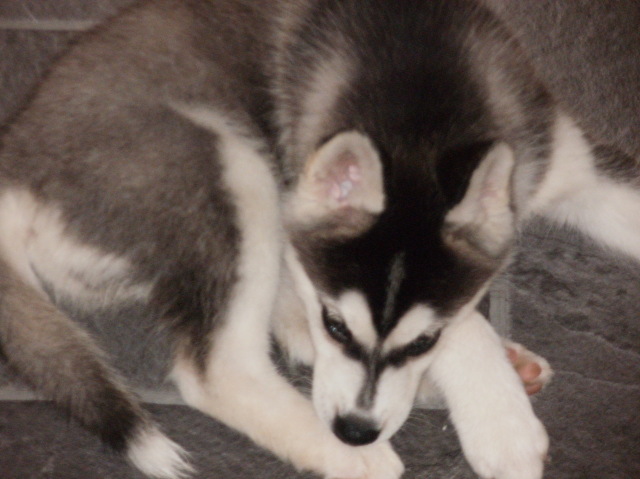 Bath Time
Question
Keiko
Hi we have a 14 week old Siberian named
Bath Time
Question
Keiko
Hi we have a 14 week old Siberian named
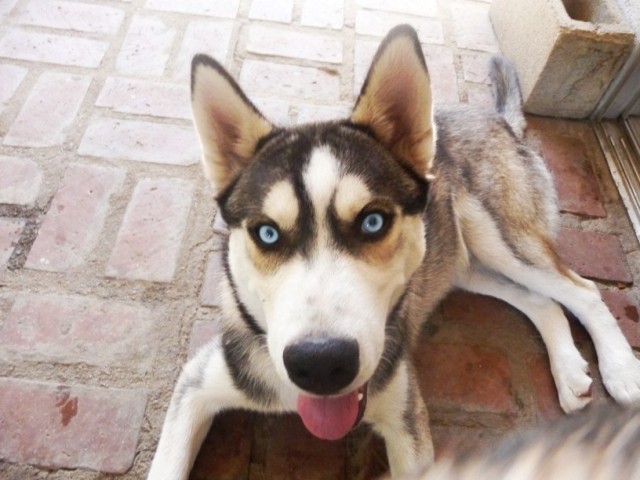 Husky Color
Question
Orion
Hi I have a beautiful 6 months old husky
Husky Color
Question
Orion
Hi I have a beautiful 6 months old husky
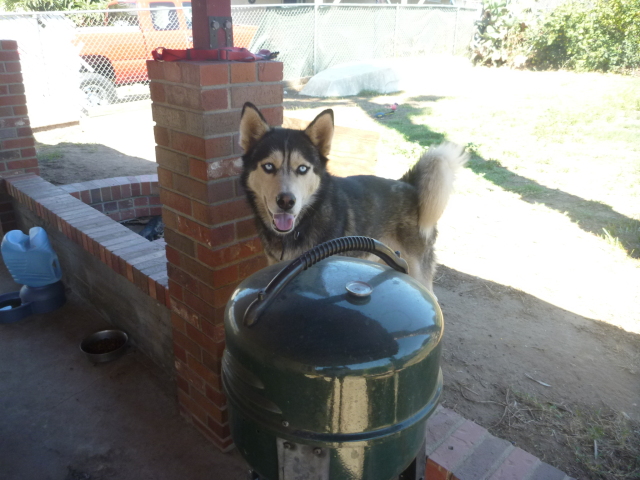 My husky and other dogs.
Question
Kona
My siberian husky, Kona, is 2years old an
My husky and other dogs.
Question
Kona
My siberian husky, Kona, is 2years old an
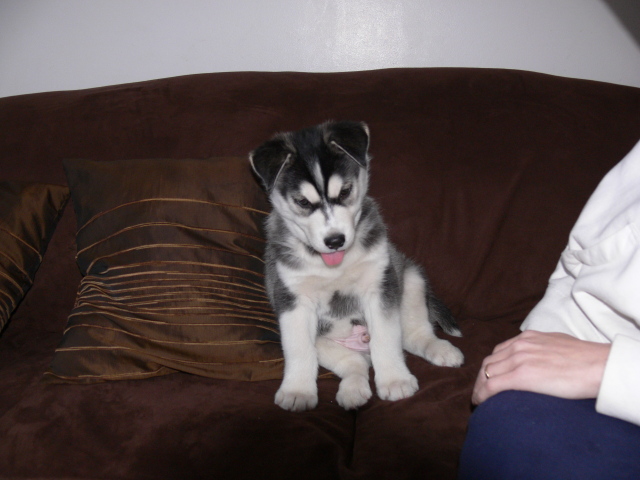 Husky Puppy Weight
Question
Zeus The Puppy
Hi we got Zeus at 6 1/2 weeks o
Husky Puppy Weight
Question
Zeus The Puppy
Hi we got Zeus at 6 1/2 weeks o
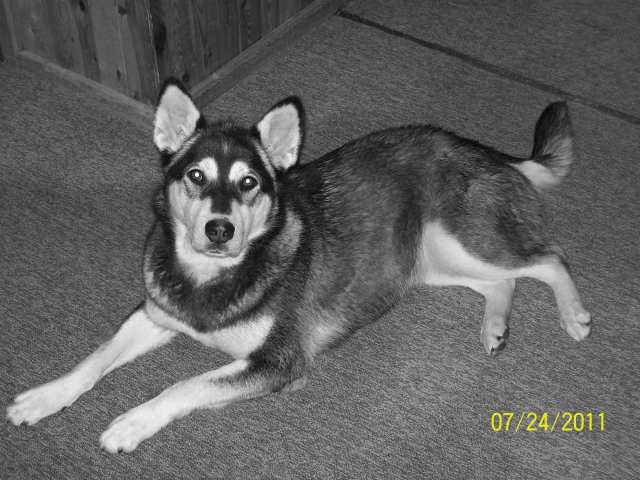 Pregnancy
Question
Diamond in black and w
Is it possible f
Pregnancy
Question
Diamond in black and w
Is it possible f